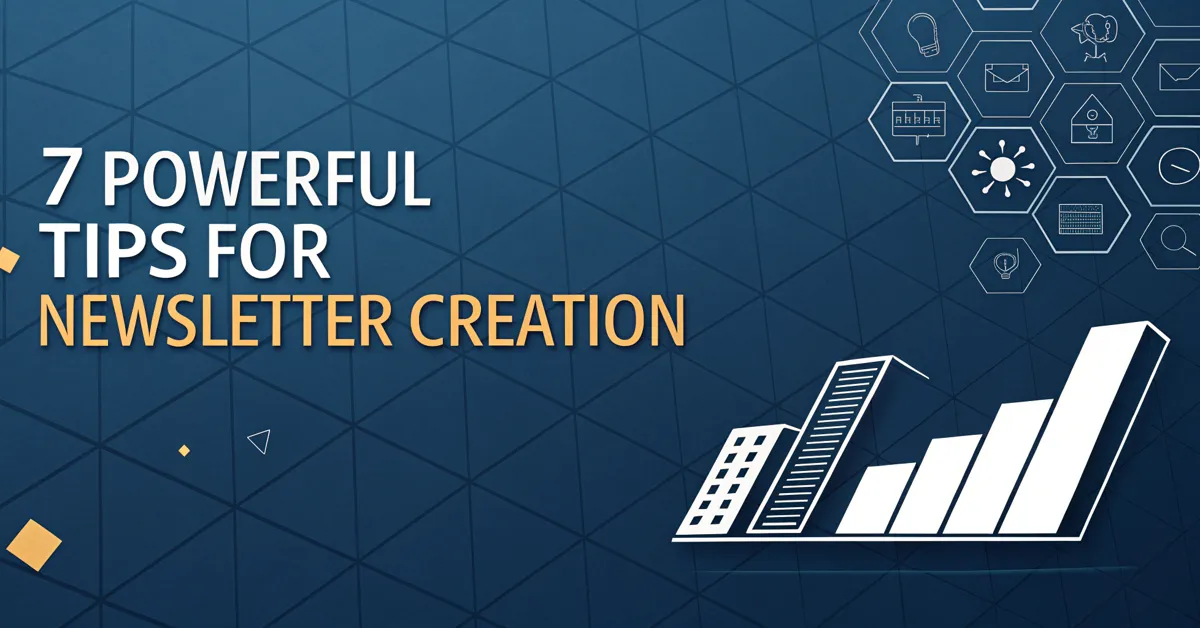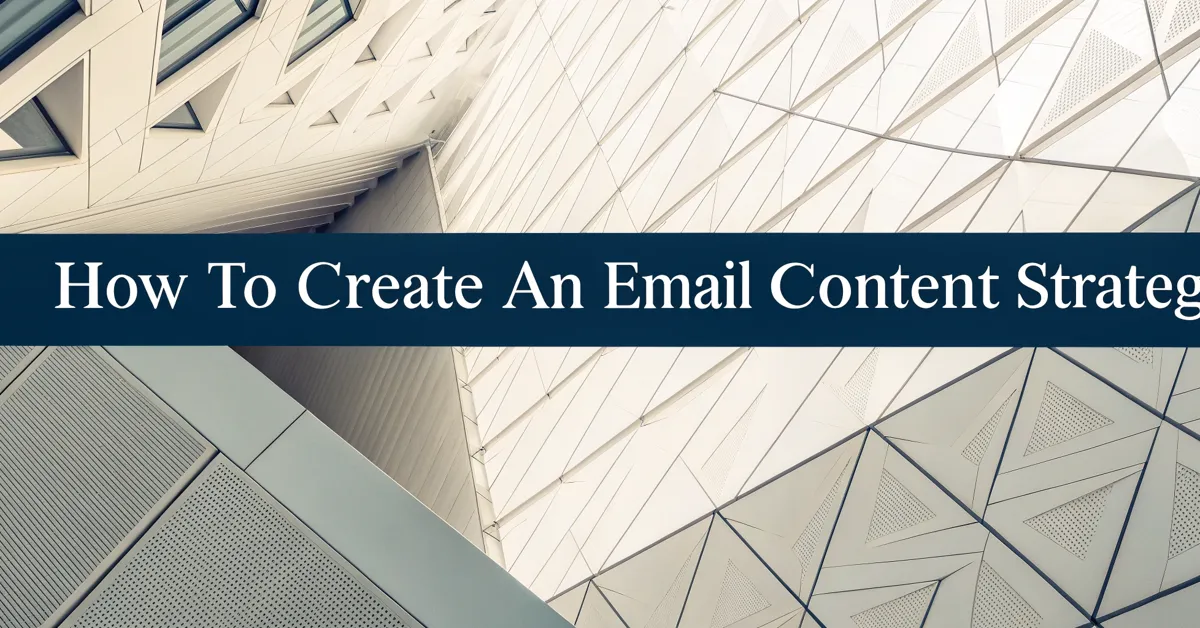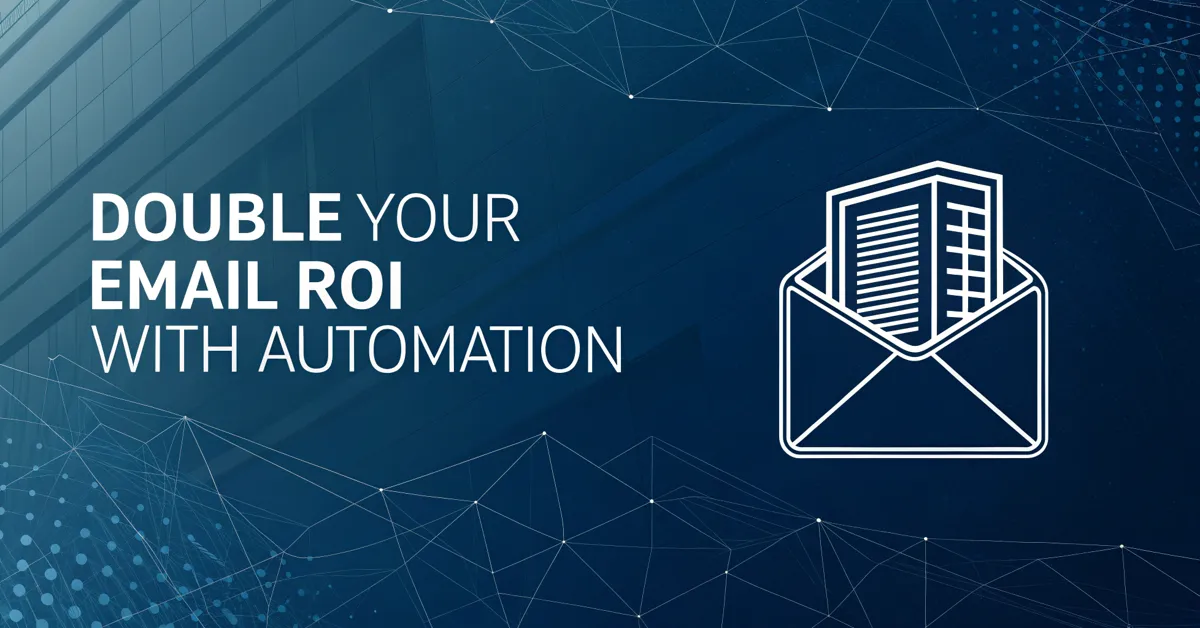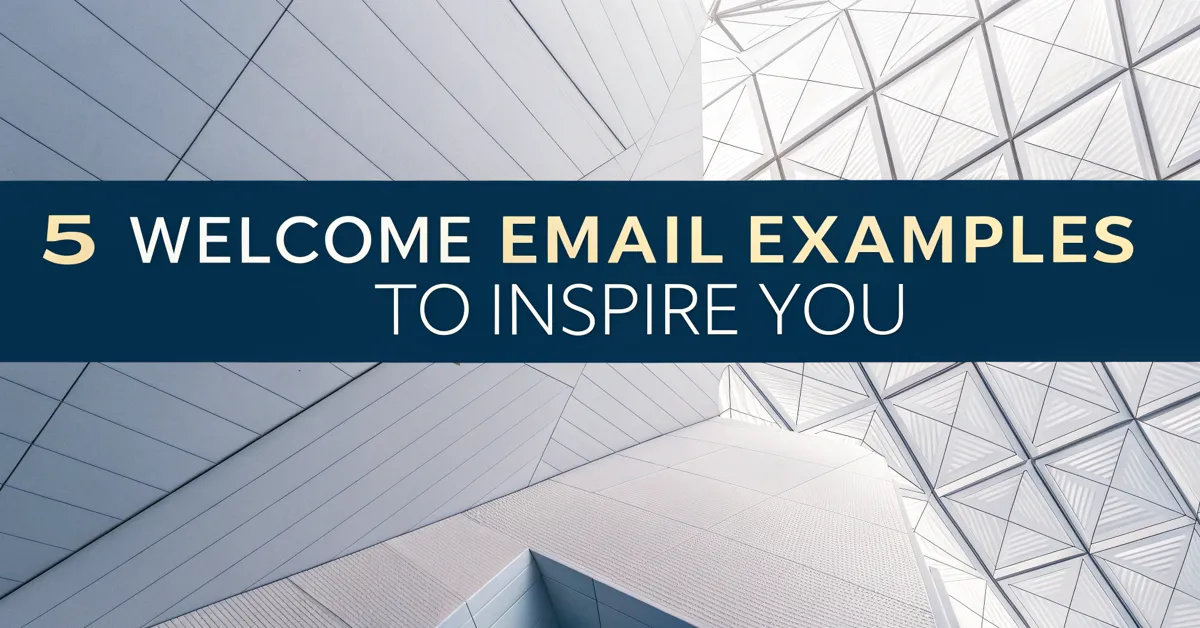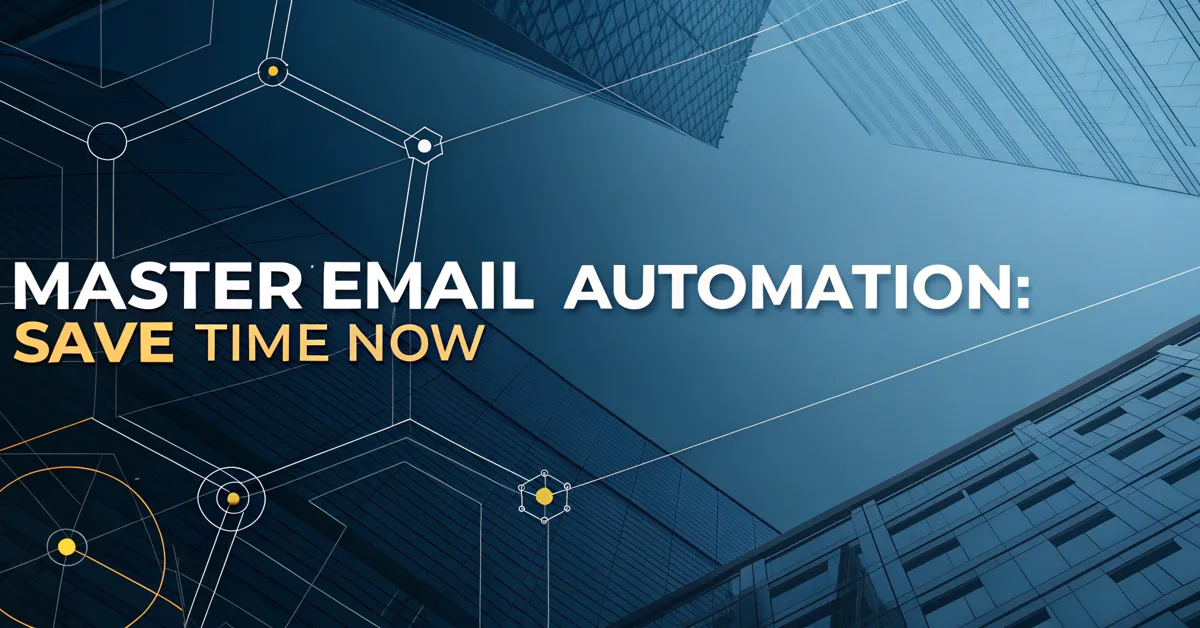You pour your heart into crafting emails, hoping to connect with your audience on a deeper level. But sometimes, your newsletters fall flat, failing to grab attention or drive action. It’s a common frustration, but the truth is, successful newsletter creation is less about luck and more about strategy. In this article, you will find seven powerful tips that will transform your email marketing and get you the results you want. We’re not just throwing random advice at you, each tip is grounded in data, best practices, and real-world examples.
Nail the Subject Line
The subject line is your first, and often only, chance to make a great impression. It’s the gatekeeper to your newsletter, and if it doesn’t intrigue, your email will remain unopened. A study by Mailchimp revealed that subject lines with less than 50 characters perform the best. So, brevity is your friend. But that doesn’t mean you should just use the least amount of words as possible and leave it at that. You also need to make sure those words evoke curiosity or a sense of urgency, this in turn will prompt your audience to click.
Here are some ways you can write good, effective subject lines:
- Use Numbers: Numbers grab attention. Subject lines like “5 Ways to Improve your Newsletter,” or “3 Tips for Better Open Rates,” immediately tell readers what to expect.
- Ask Questions: A question piques interest. Instead of “Our New Blog Post,” try, “Ready to level up your newsletter content?”
- Use Power Words: Words like “New,” “Exclusive,” “Free,” and “Secret” can create a sense of urgency and excitement. Use them with care. Don’t make them sound overly spammy.
- Personalize: If possible, use the recipient’s name. Personalized subject lines are more likely to get a second look.
- Keep it Short: Get to the point. A lengthy subject line gets cut off in the inbox, so keep it under 50 characters.
Keep in mind that every audience is unique. And the types of subject lines that resonate will be different depending on who you’re targeting. So, experiment with different approaches. Track what works and what doesn’t, so you can keep optimizing them.
Segment Your Audience
Not everyone on your email list has the same wants and needs. Sending a blanket email to everyone is like shouting into a crowd, it will not resonate with each individual on the same level. The key is to segment your list. Tailor your content to fit what different folks on your list actually care about. This boosts engagement and reduces unsubscribes.
Here’s how you can segment your audience effectively:
- Demographics: Age, gender, location, and job title are basic segmentation criteria. For example, a marketing agency might send specific content to marketing directors and different content to individual marketers.
- Behavior: What actions have users taken on your website? Did they buy a product? Download a guide? These actions show intent. Target folks with content that fits the things they did before.
- Preferences: Let your subscribers tell you what they want. Ask them about their interest when they sign up, or use a preference center to let them fine-tune the content they receive.
- Engagement: Pay attention to their engagement rates. Folks who open and click your emails get more targeted content. Those who are inactive can receive different messaging, perhaps an offer or an invitation to re-subscribe.
A study by HubSpot showed that marketers who segment their lists have an average of 14.31% better open rates and 100.95% more clicks than those who don’t. Segmented campaigns produce better results than generic ones. They are more likely to resonate with the recipient. This level of targeting makes it more likely they will open, read, and engage with your emails.
Craft Compelling Content
Great content is the heart of every great newsletter. Content that isn’t up to par can have a negative impact on user engagement, and the rate at which people open and read your emails will go down. Your writing should feel easy to read, engaging, and useful. You should not fill it with jargon or fluff. It must deliver value to the reader.
Here’s how you can improve your content:
- Focus on Value: What problem are you solving for your readers? Is it offering valuable tips, news, or some entertaining content? Give them real value in every email.
- Tell Stories: Stories connect with people on a human level. A narrative will make your content memorable. It also gives your content a more personal touch.
- Use Visuals: Don’t let your readers face endless blocks of text. Use images, illustrations, and videos to make your newsletter more attractive.
- Keep it Brief: Readers tend to skim, not read word for word. So keep your writing direct, concise, and to the point. Get rid of excess words or filler sentences that don’t add any extra value.
- Write in Active Voice: Use active voice to make your content feel stronger. Instead of writing “the email was opened by the reader,” write, “the reader opened the email.”
- Make it Scannable: Use headings, subheadings, and bullet points to break up long texts. Make it easier for readers to find the points that are most important.
Good content always keeps the audience at the forefront of every decision you make. Think about what your audience wants. Write for them. Each piece you create must be useful, or entertaining, and never boring.
Design for Mobile
Mobile devices are where most people now check their email, and that means your newsletter design has to be mobile-first. Emails that don’t look good on phones will get deleted. A study by Litmus shows that 42% of emails are opened on mobile devices. That means a bad mobile experience will affect most of your audience.
Here are key things you must pay attention to when designing emails for mobile:
- Use Responsive Templates: Pick a template that adjusts to fit different screen sizes. This helps your email look just as good on small phones as it does on large tablets.
- Make Text Readable: Use a font size that’s easy to read on a small screen. Avoid tiny fonts that people have to pinch to see.
- Use Large Buttons: Make buttons large enough to tap with a finger, and space them out so folks don’t hit the wrong thing.
- Optimize Images: Use images that are optimized for mobile to avoid long loading times and to not eat up their data.
- Keep the Layout Simple: Simple layouts with fewer columns are much more user-friendly on mobile devices.
Testing your emails on mobile devices is the only way to be certain your design is working. Email tools provide previews of how emails will look on phones and tablets, so use them. Be sure the user experience is good, and that it does not cause any trouble to your readers.
Personalize the Experience
Personalization goes beyond just using a person’s name in the subject line. It means understanding your subscribers well enough to create experiences that feel just right for them. Personalized emails will produce better results. They will also drive engagement from your readers.
Here are some personalization strategies to add to your list:
- Content Based on Past Activity: Recommend content based on what they’ve checked out on your site, or the last newsletter content they clicked.
- Location Based Offers: If your business has a physical aspect to it, send custom offers to folks near a specific store, or location.
- Milestone Emails: Send birthday emails or anniversary emails to build personal connections and show how much you value your subscribers.
- Customized Recommendations: Recommend products or services that match their stated interests.
Personalization makes people feel seen. It shows that you’re not just sending bulk emails, but you care about each person’s specific needs. As a result, they will value what you have to say. Research shows personalized emails have a 6x higher transaction rate. They also improve user engagement. And are a key tool to improve customer retention.
Run A/B Tests
A/B testing is key to improving and fine-tuning your newsletters. It’s about testing two versions of your email to see which one performs better. It lets you see what works and what doesn’t. Then, you can change your strategy, as needed.
Here are key things you need to A/B test:
- Subject Lines: Try different wording, numbers, or questions to see which subject lines get the most opens.
- Content: Try different headlines, call to action, or the length of your emails to see what readers like best.
- Design: See which email layouts or image choices yield higher click-through rates.
- Send Times: Try sending your emails at different times to find when your audience is most active.
Always test one element at a time. That way, you know what is creating changes in your data. Be sure that you have a control variable, so you always have a benchmark to compare to. And test your changes over a long period of time, that way the data you collect is statistically significant and valid.
Optimize the Call to Action
The call to action (CTA) is the most important part of your newsletter. It’s what you want people to do after reading it. A great CTA is clear, direct, and compelling. It should tell your readers exactly what you want them to do.
Here’s how you can optimize your CTAs:
- Use Action Words: Words like “Shop,” “Download,” “Learn More,” and “Register” tell users exactly what action they should take.
- Make it a Button: Use buttons instead of just text links, buttons are much more prominent and clear.
- Be Specific: Avoid vague CTAs. Instead of “Click here,” use “Download Your Free Guide.”
- Use Contrasting Colors: Make your buttons stand out from the rest of your email content by using a contrasting color.
- Place it Well: The CTA should be easy to find and place. Don’t make your readers search for it.
Your call to action is the bridge between reading and action. A clear, well-placed CTA encourages your audience to engage further with your brand and move further down the funnel.
Is It Time to Send That Newsletter?
Creating a powerful newsletter is about more than just writing a good email. It’s about thinking about your audience, crafting good content, and always testing to make sure that your work is up to par. It is a non-stop loop of improvement. If you take these tips seriously, you will begin to see a shift in your open rates, click-throughs, and the overall effect your email marketing campaigns will have. So the next time you sit down to make a newsletter, think about these seven tips, put them to practice, and watch your email marketing flourish.
